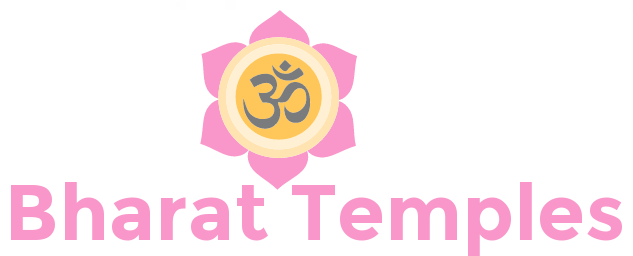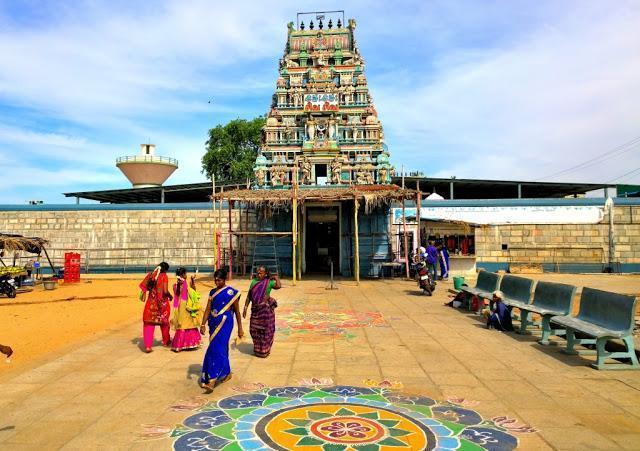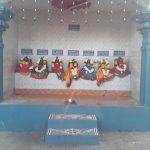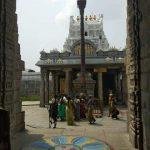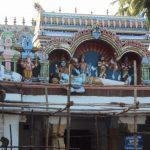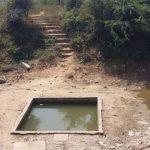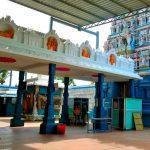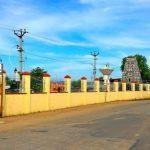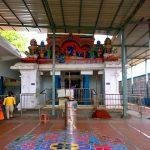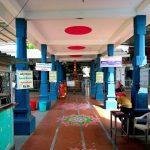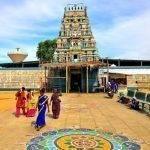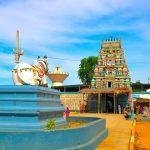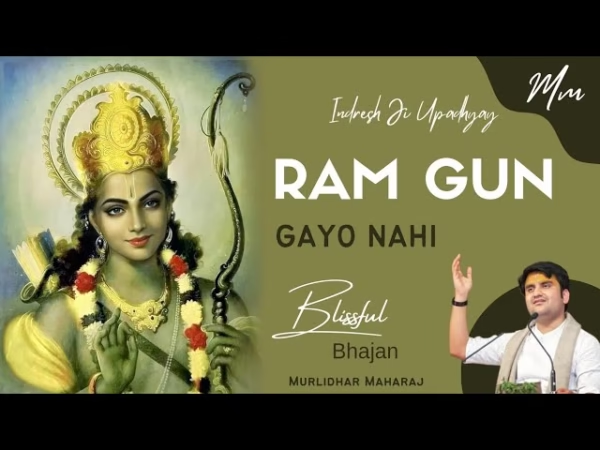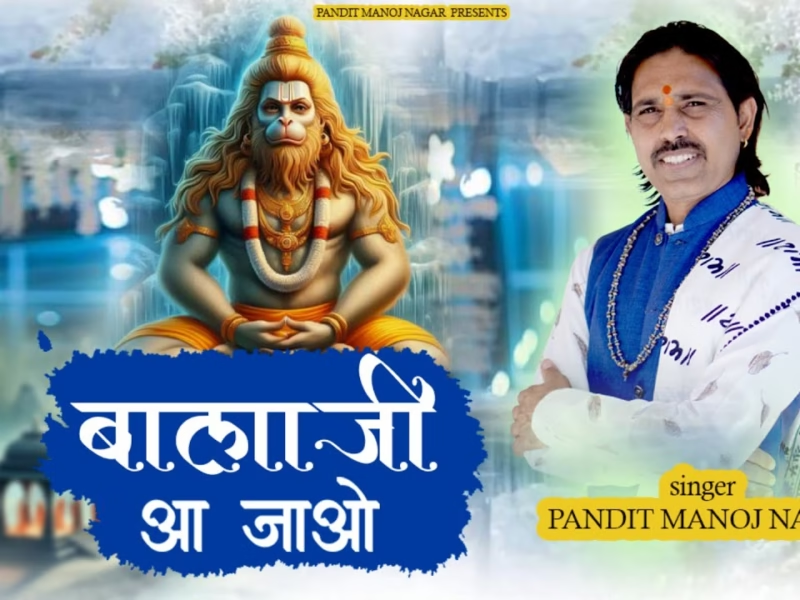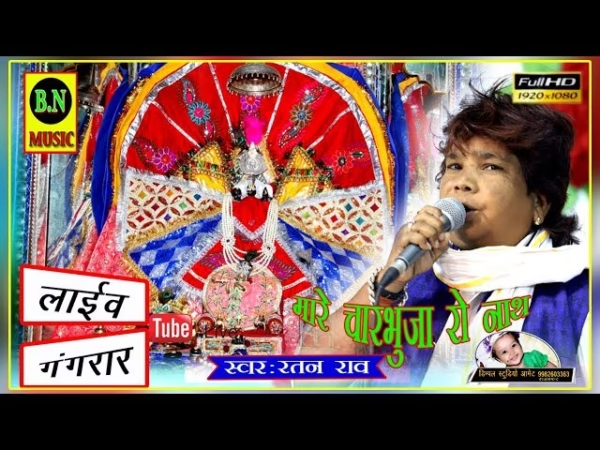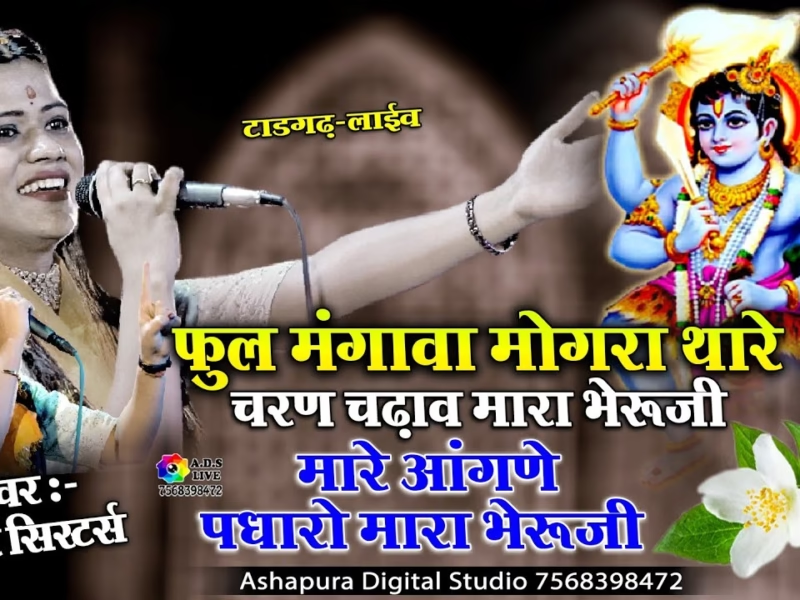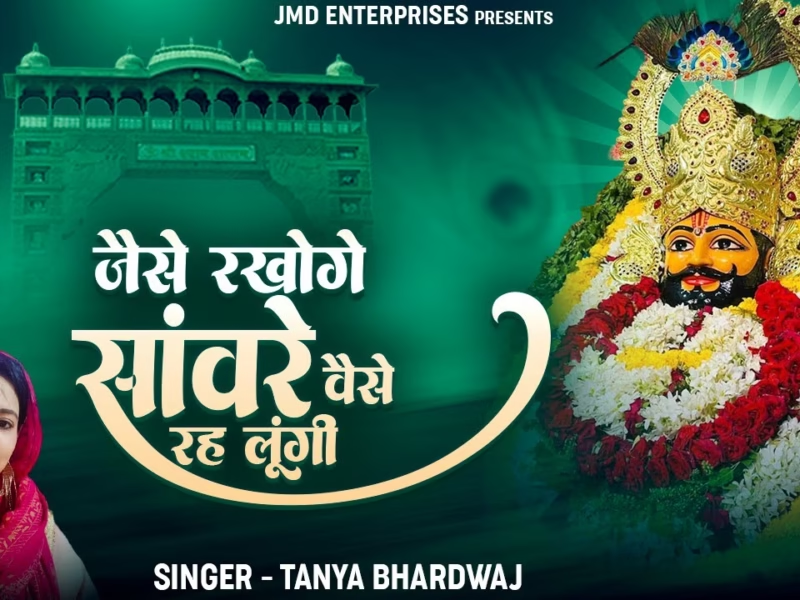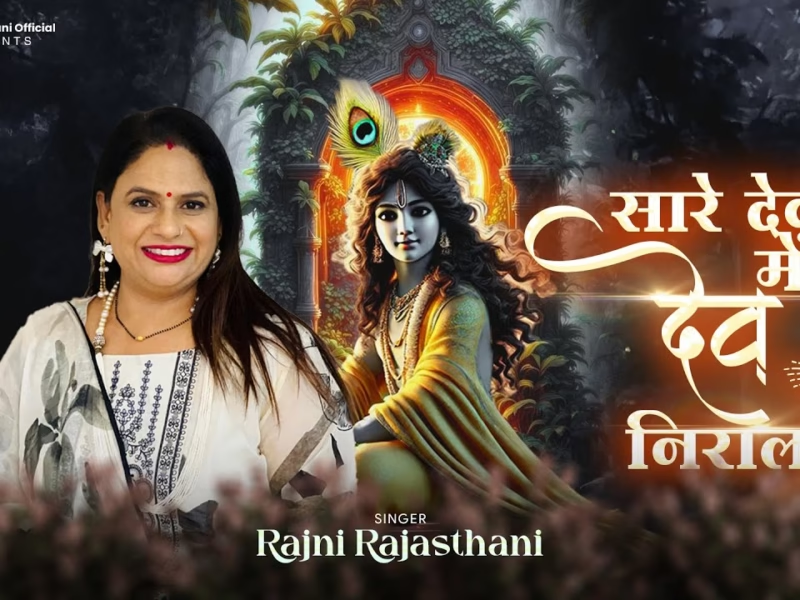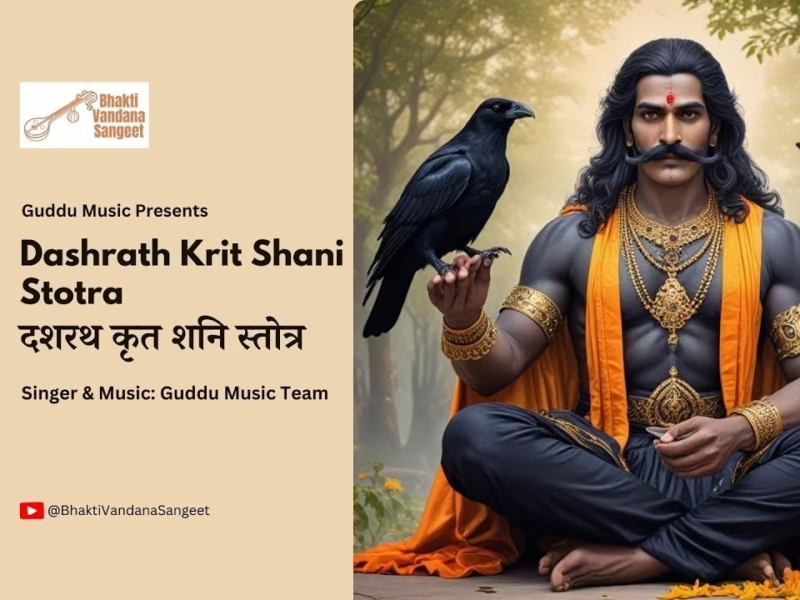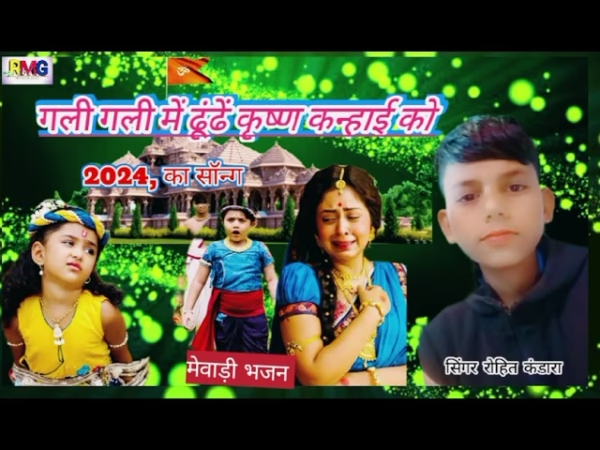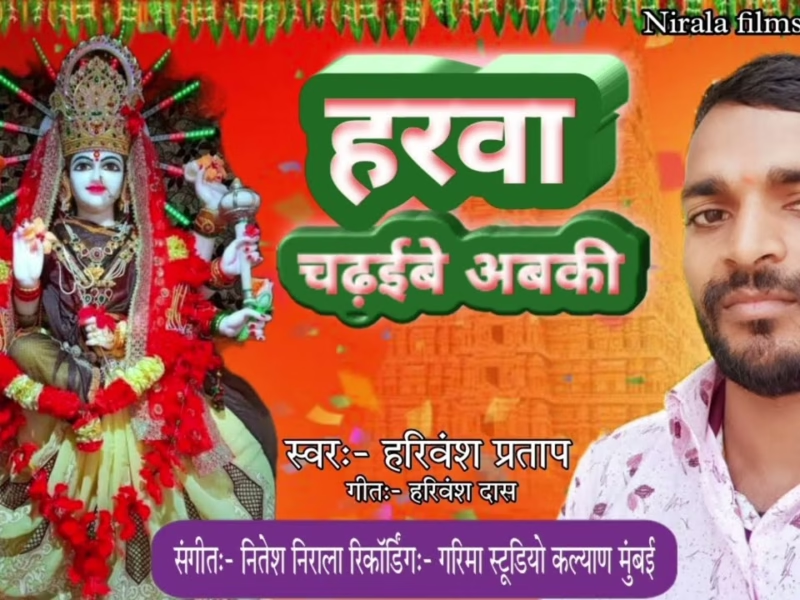Contents
Pallikondeswarar Temple, Surutapalli, Chittoor
| Date built: | June 23, 2002. |
|---|---|
| Deity: | Shiva |
| Architectural style: | Dravidian architecture |
| Major festivals | Shivarathri Other Festival |
| Locale: | Surutapalli |
| District:: | Chittoor |
| Address: | Pallikondeswarar Temple,Surutapalli, Dasukuppam Post,Nagalapuram M.D., Chittoor District – 517 588 Andhra Pradesh, India |
| Phone | +91 8576 278 599 / 274 971 |
Lord Shiva has 5 faces; Isanam, Thatpurusham, Vaamadevam, Sathyojaatham and Agoram. There are 5 ancient Shiva temples on the banks of Kosasthalaiyar (Brahmaranya River) representing the 5 faces of Lord Shiva and this is one of them representing the Tatpurusha face of Lord Shiva.
This temple built by Vijayanagara emperor Vidhyaranyar was in a dilapidated state but now it has been renovated beautifully. Kanchipuram Sankara Paramacharya is considered to have spent lot of time here meditating and he is the person who traced this place to Ramayana period findings. This temple was one of the favorites of the Paramacharya, who stayed here for 10 days, and in whose memory a Dhyana Mandapam was constructed. Sri Jayendra Saraswathi and Sri Vijayendra Saraswathi performed the Kumbabhishekam of the temple on June 23, 2002.
Architecture
Temple Opening Time
The Temple remains open from 06.00 a.m. to 12.30 p.m and 04.00 p.m. to 08.00 p.m.
Festivals
Shivarathri in February-March, Aipasi Annabishekam in October-November and Tiruvadhirai in December-January are the festivals of the temple. Pradosham days morning 6.00 a.m. to 8.30 p.m. Sani Pradosham is especially important when about 15,000 devotees throng this temple. On the occasion of Maha Shivaratri well over 30,000 devotees wait for the darshan of Pallikondeswarar.
Prayers
Surutapalli is the place, where Pradosha puja first began. If devotees worship Pallikonda Easwara, who swallowed the venom to save the world on Pradosha day falling on a Saturday, they will recover the losses. Those demoted will be reinstalled in their proper position again with promotion too. Obstacles in wedding proposals will not occur. Separated couples will see re-union in life. Realizing their wishes, devotees perform archanas to Lord Shiva with Vilwa garlands.
Legend / Local stories
Origin of Pradosham:
Once Indra, the King of Gods, while riding on his white elephant Iravadha came across Sage Durvasa who offered him a special garland. Indra accepted the garland but without giving much importance he gave it to his elephant. Iravadha was irritated by the smell of the flowers in the garland and therefore threw the garland on the floor and stamped on it. This act enraged sage Durvasa as he got the garland from “Sridevi” as prasadam. Immediately Durvasa cursed Indra and all devas to be bereft of all strength, energy, and fortune.
Due to this curse, in the battles that followed Devas were defeated and Asuras led by Mahabali Chakravarthy, gained control of the universe. Devas sought help from Lord Vishnu who advised them to take the path of diplomacy with Asuras and the only way to regain lost glory was to drink Amrutham/nectar. Devas came to an agreement with asuras to jointly churn the ocean for the nectar of immortality and to share it among them. However, Lord Vishu told Devas that he would ensure Amrutha (Nectar) does not get to Asuras.
During the Samudra Manthan (churning) of the Ocean of Milk Mount Mandaranchal was used as the dasher (churning tool), and Vasuki, the king of serpents, became the churning rope. The gods held the tail of the snake, while the demons (Asuras) held its head, and they pulled on it alternately causing the mountain to rotate, which in turn churned the ocean. However, once the mountain was placed on the ocean, it began to sink. With request from both Devas and Asuras Lord Vishnu took the form of a turtle (Kurma avatar), came to their rescue and supported the mountain on his back.
Halahala Poison was the first to come when churning started and this terrified the Devas and Asuras because, the poison was so toxic that it might have destroyed all of creation. On the advice of Vishnu, both Devas and Asuras approached Shiva for help and protection. Out of compassion for living beings, Shiva drank the poison. It was so potent that it changed the color of Shiva’s neck to blue and therefore he is also called Neelakantha (the blue-necked one, Nila = “blue”, kantha = “throat”). Parvati immediately realized the deeds of Shiva and put her hand to stop the poison from entering Lord Shiva’s body.
After the episode, Shiva proceeded to his abode Kailash with Parvati. On the way, he felt exhausted and slightly uncomfortable, when he reached a place in the bounds of Andhra, which came to be called Suruttuppalli. There, he lied down to relax, keeping his head in the lap of Parvati. The gods, who were concerned about Shiva’s well-being assembled there and stood around him, waiting for the Lord to open his eyes. This lying posture of Shiva is rare and unique, is almost similar to Vishnu’s reclining posture.
As soon as the effect of poison diminished and Lord Shiva came back to normalcy all Devas and Asuras wanted to have his Darshan. When they approach Nandi (Sacred Bull) for permission to see Lord Shiva, Nandi refused and asked them to pray and wait since, Lord Shiva and Parvati were together. On waking up, he found that everyone was happy and feeling relieved since a big disaster was averted.
So, happily, he then began his cosmic dance, Anantha Thandavam, on top of the forehead of Rishaba Vahana accompanied by Devendhran reciting flute, Mahalakshmi singing dance, Brahma playing the jalra, Mahavishnu playing the mridangam in the presence of all the Devars and Rishis. This period when Lord Shiva gave them Darshan is known as Pradosha Kalam. Pradhosha, generally, is a significant occasion observed with great piety at all Siva temples. It is believed that Pradosham is originated here.
Valmikeswarar & Ramalingeswarar:
Sage Valmiki prayed to Lord Rama and the Lord gave him darshan. After defeating Ravana, and before reaching Ayodhya, Rama stayed at this place. So, the two together prayed to Lord Siva. The Lingam, which Valmiki prayed to, is called Valmikeswarar and the one Rama prayed to is Ramalingeswarar. At present these two Lingams face each other.
Lava & Kusa visit to this Temple:
Unknowingly twins Lava and Kusa fought with his father Rama over the Ashwamedha Yaga horse. To get salvation from this they visited many Shiva temples along with Sage Valmiki. This is one of the Temples visited by them.
Pancha Brahma Sthalams:
The river Brahma Aranya was believed to have been created by Lord Brahma. Once when he churned the Arani wood (Arani means fire) to create fire to start the Yagna for Sage Romesa, fire came out initially but on churning further, water came out of it and flown as a river. Since this was created by Lord Brahma from the Arani wood, this is called Brahma Aranya river.
The Brahma Aranya river flows from Andhra Pradesh and merges with sea at Pazhaverkadu. Many sages have meditated at the banks of this river and created many temples. Out of these, in five places they have contained all their meditative powers into Shivalingams and built temples. They are called Pancha Brahma Sthalams, representing the five faces of Lord Shiva and they are:
- Ramagiri alias Thirukaarikarai in Andhra near Surutapalli/ Nagalapuram representing Ishana face of Lord Shiva
- Pallikondeswaram alias Surutapalli representing Tatpurusha face
- Vamadhevapuram alias Arani near Periyapalayam (not North Arcot) representing Vamadeva face.
- Varamoorthy Kshetram alias Ariyathurai representing Satyojatha face.
- South Gokarnam alias Chinthamaneeswaram – Kattur near Minjur, the place where Brahma Aranya river merges with sea representing Aghora face of Lord Shiva.
All these temples are many thousand years old and since they have been created by Sages, the base of the lingam (Avudayar) will be in square shape.
Photo Gallery
How to Reach:
The Temple is located at about 2 Kms from Uthukottai, 2 Kms from Uthukottai Bus Stand, 11 Kms from Nagalapuram, 15 Kms from Ramagiri, 26 Kms from Thiruvallur, 29 Kms from Thiruvallur Railway Station, 74 Kms from Tirupati, 60 Kms from Chennai and 72 Kms from Chennai Airport. This Temple is situated on the Tamil Nadu-Andhra Pradesh Border. This village is on the Chennai-Tirupati route. Some of the APSRTC buses stop just outside the temple. A person travelling from Chennai has to cross Poondi and Uthukottai. Surutapalli is midway between Uthukottai and Nagalapuram.
Suruttuppalli can be reached through two routes. Via Redhills, Karanodai, Periyapalayam and Uthukottai. In the Chennai – Kolkata Grand North Trunk (GNT) Road you can go upto Karanodai bridge / Toll Plaza and immediately after that you can take the road on the left that goes via Periyapalayam, Uthukottai, Nagalapuram to Thirupathi. From Uthukottai, the temple is just 2 Kms away and is on the main road itself. It is at the end of the Uthukottai town which is the border between Tamilnadu and Andhra states and the temple is in the Andhra state territory. You can also come via Thiruvallur and Poondi to Uthukottai.
Contact Details
Pallikondeswarar Temple,
Surutapalli, Dasukuppam Post,
Nagalapuram M.D.,
Chittoor District – 517 588
Andhra Pradesh, India
Phone: +91 8576 278 599 / 274 971
